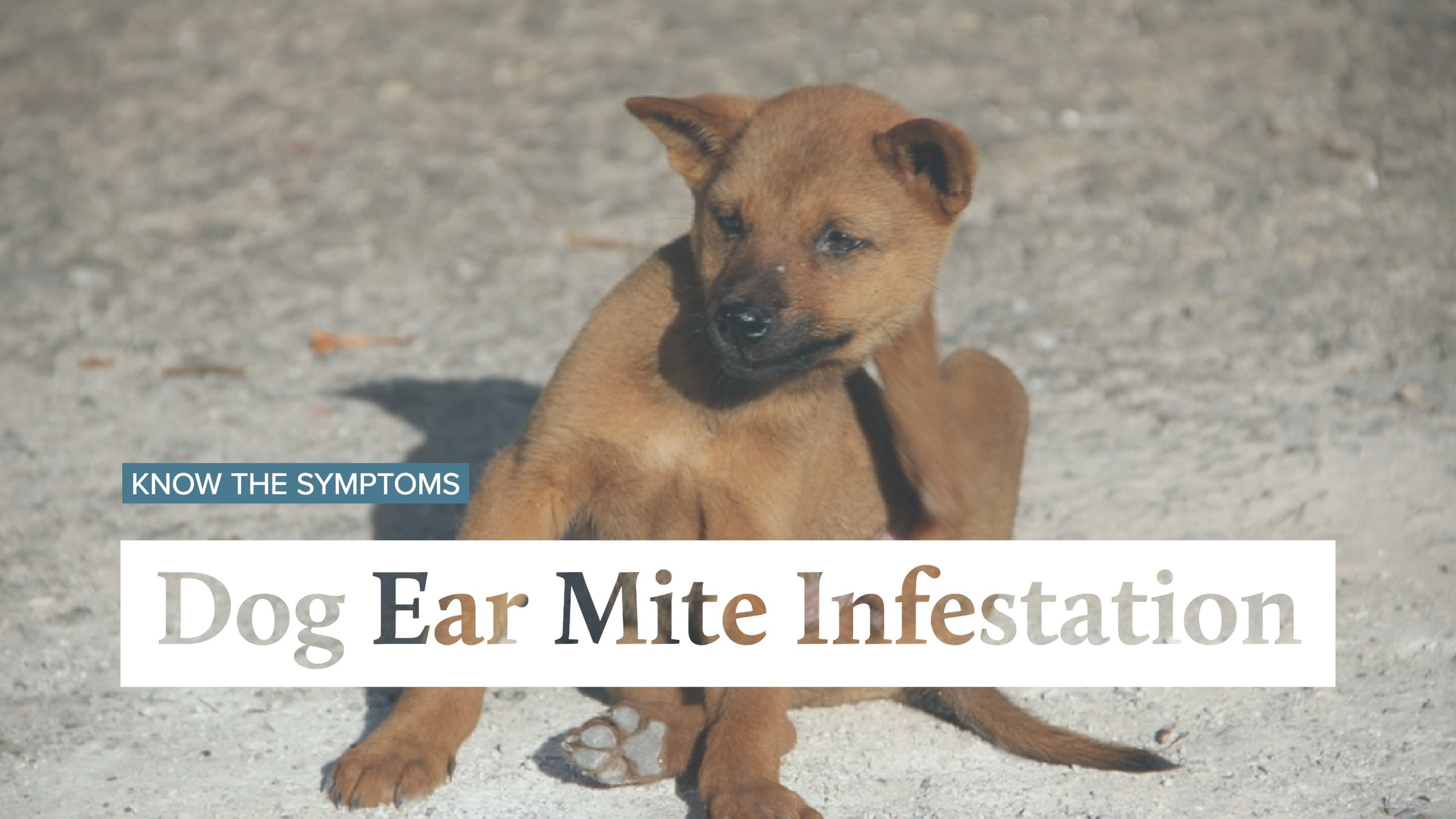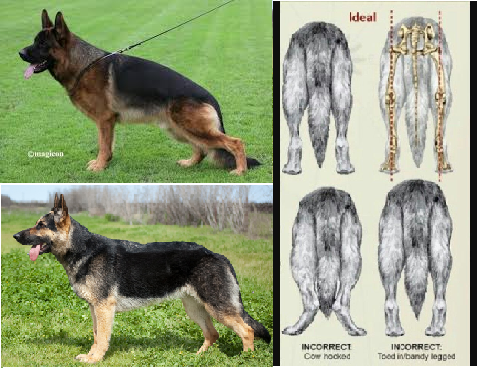No one can predict when or if a dog will start showing signs of lameness due to pain. The severity of the disease may be affected by environmental factors, such as caloric intake or level of exercise. It is not abnormal for certain dysplastic dogs with severe arthritis that run, jump, and play as though nothing is wrong. There are also some dogs with very little arthritic x-ray evidence that are severely lame.
Screenings for hip dysplasia are done by a veterinarian with x-rays that are then sent to OFA for grading and certification.
Hip Screening: Grade Classifications
The OFA classifies hips into seven different categories: Excellent, Good, Fair (all within Normal limits), Borderline, and then Mild, Moderate, or Severe (the last three are considered Dysplastic).
Excellent Classification
Superior conformation; there is a deep-seated ball (femoral head) which fits tightly into a well-formed socket (acetabulum) with minimal joint space.
Good Classification
Slightly less than superior but a well-formed congruent hip joint is visible. The ball fits well into the socket and good coverage is present.
Fair Classification
Minor irregularities; the hip joint is wider than a good hip. The ball slips slightly out of the socket. The socket may also appear to be slightly shallow.
Borderline Classification
Not clear. Usually, more incongruency then what occurs in a ‘Fair’ classification, but there are no arthritic changes present that definitively diagnose the hip joint being dysplastic.
Mild Classification
It is significant yet partial dislocation is present where the ball is partially out of the socket, causing an increased joint space. The socket is typically shallow only partially covering the ball.
Moderate Classification
The ball is barely positioned into a shallow socket. There are secondary arthritic bone changes usually along the femoral neck and head (aka remodeling), acetabular rim changes (osteophytes or bone spurs) and various degrees of trabecular bone pattern changes (sclerosis).
Severe Classification
Marked evidence of dysplasia exists. The ball is partially or completely out of the shallow socket. Significant arthritic bone changes along the femoral neck and head and acetabular rim changes.
Treatment Options
Once osteoarthritis is present on a radiograph, dysplastic changes are irreversible and typically continue to progress over time. If a dog with hip dysplasia has secondary arthritis and pain, most owners opt to first treat their dog with medical management. The key is weight control and exercise. Studies have shown that up to 76% of dogs with severe dysplasia and secondary arthritis are able to function and live comfortable, quality lives with conservative management. With weight control, the goal is to prevent the dog from becoming overweight to reduce stresses applied to the joints. In general terms, ribs should be easily palpated and there should be an indentation in front of the pelvic wings (waistline).
Controlled exercise is to prevent or relieve the inflammatory process that leads to the pain associated with arthritis. The amount and difficulty of the activity is determined on a trial and error basis. Exercise should begin on short-leash walks and increase level of activity over time. If clinical signs begin to reappear, scale back the level of exercise to a point where the clinical signs do not reappear. Exercise should fit to each individual dog’s maximum intensity level with the goal to maintain muscle tone and cardiovascular function without causing pain, stiffness, and inflammation to the affected joint(s). Exercise helps maintain muscle tone, strengthens & stabilizes the unstable dysplastic joint, and improves joint range of motion (which in turn keeps the dog comfortable). Another useful activity is swimming, as it is a non-weight bearing exercise.
Keep the dog in a warm environment. Warmth tends to help control the pain of arthritis. As in people, arthritis pain in dogs tends to worsen in damp and cold weather. Provide a well-padded and warm bed will help alleviate some of the pain associated with osteoarthritis. An egg-crate foam bed for dogs is commercially available. Applying superficial heat in the form of heating pads may also alleviate pain, but do heed caution as not to burn the skin with electric heating pads. Heat works best for chronically inflamed joints while cold works better to treat acute (sudden) types of joint injuries.
There are drug treatments and surgical interventions that may help, but prior to initiating any therapy, the attending veterinarian should be consulted with a complete medical history and physical examination.











